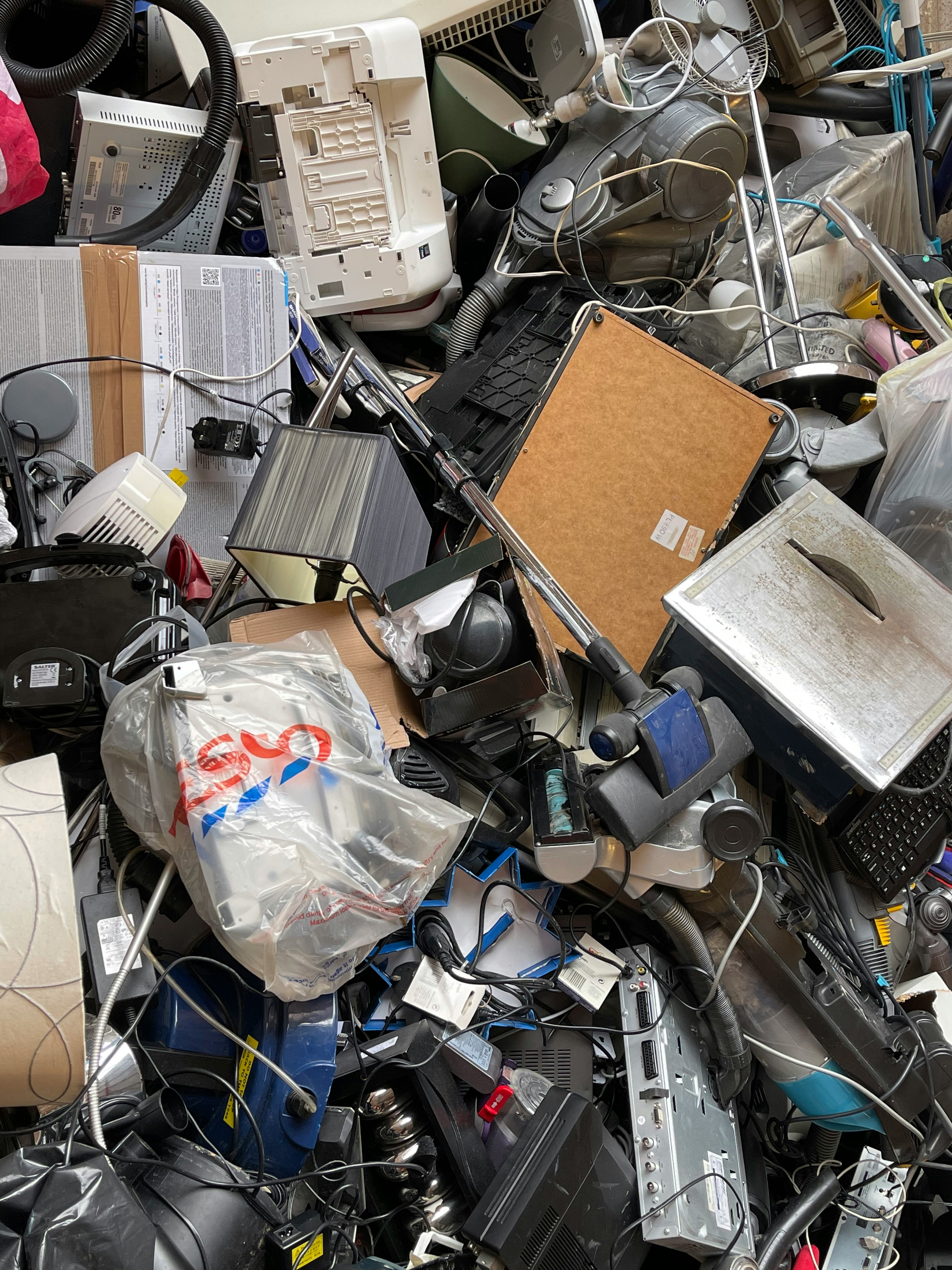Introduction
As technology continues to advance, so does the production of electronic devices, leading to a growing amount of electronic waste or e-waste. E-waste is any electronic equipment that is no longer in use or has become obsolete, including computers, cell phones, televisions, and other electronic devices. Proper disposal of e-waste is important as it can have harmful effects on the environment and human health.
E waste recycling is the process of safely and efficiently reusing or disposing of electronic equipment. In this article, we will delve into what e waste recycling is, why it’s important, and how it is recycled.
What is E Waste Recycling?
E-waste recycling is the process of recovering and recycling materials from discarded electronic devices. The aim is to reduce the amount of e-waste that ends up in landfills, where it can release harmful chemicals and pollutants that damage the environment and human health.
The e waste recycling process involves disassembling and separating electronic devices into their individual components. Materials such as copper, aluminum, glass, and plastic are extracted and recycled to produce new products, while hazardous materials such as lead, cadmium, and mercury are safely disposed of.
Informative article
Why is E Waste Recycling Important?
E-waste recycling is important for several reasons:
- Environmental Protection: E-waste can have harmful effects on the environment and human health when improperly disposed of. Recycling e-waste can reduce the number of toxic chemicals released into the environment and prevent soil and water contamination.
- Resource Conservation: E-waste recycling helps to conserve natural resources by reducing the need for mining and extracting new raw materials.
- Energy Savings: Recycling e-waste saves energy by reducing the amount of energy needed to extract and process raw materials.
How is E Waste Recycled?
The e-waste recycling process involves several steps:
- Collection: Electronic devices are collected from households, businesses, and other organizations.
- Sorting: Devices are sorted into categories based on their type, age, and condition.
- Disassembly: Devices are taken apart by hand or using specialized equipment to extract valuable materials and components.
- Material Recovery: Valuable materials such as copper, aluminum, and gold are extracted and sent for e waste recycling, while hazardous materials such as lead and mercury are safely disposed of.
- Refurbishment: Some devices can be refurbished and reused, while others are broken down into their components and recycled.
- Recycling: Materials such as plastic, glass, and metals are recycled to create new products.
Useful Page
Frequently Asked Questions
Q: Can all electronic devices be recycled?
A: Not all electronic devices can be recycled, but most can. Devices that cannot be recycled include those that contain radioactive materials, explosive or flammable components, and devices that are contaminated with hazardous waste.
Q: How can I recycle my e-waste?
A: E-waste can be recycled through specialized e waste recycling centers or through electronics retailers that offer recycling programs.
Q: Why should I recycle my e-waste?
A: Recycling e-waste helps to protect the environment, conserve natural resources, and reduce energy consumption.
Conclusion
E-waste recycling is an important process that helps to protect the environment and conserve natural resources. By properly disposing of e-waste, we can reduce the number of harmful chemicals released into the environment and prevent soil and water contamination. Recycling e-waste also helps to conserve natural resources and reduce energy consumption. With the growing amount of electronic devices being produced, e waste recycling is more important than ever.


